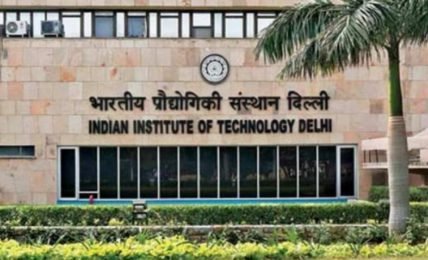Agricultural income – tax theft (Reasons and solutions)


The exemption to agricultural incomes – the true extent of which is not known in the absence of official data – is a black hole into which huge amount of incomes of non-agriculturists disappear every year. This has been officially acknowledged several times in the past five decades. The finance ministry officials, lawmakers and even academics working in the area of taxation and agriculture have known it but little has been done to correct the situation and thereby hangs a tale.
In 2002, the Kelkar Committee (Task Force on Direct Tax) had said the same thing: the exemption to agriculture income “distorts both horizontal and vertical equity” and “encourages laundering of non-agricultural income as agricultural income, i.e., it has become a conduit for tax evasion”.
What ‘agricultural income’ means?
As per section 2(1A) of the Income Tax Act of 1961: (a) any rent or revenue derived from land which is situated in India and is used for agricultural purposes (b) any income derived from such land by agricultural operations including processing of agricultural produce so as to render it fit for market or sale of such produce (c) any income attributable to a farm house subject to fulfilment of conditions specified in the Act and (d) any income derived from saplings or seedlings grown in a nursery.
Tax on agricultural income falls under the ‘state list’, meaning that only state governments can levy income tax on such incomes, not the central government(“entry 46 of the state list of the 7th schedule” of Indian Constitution).
The table below shows the amount disclosed as Agricultural income :

There is an abnormally high amount of agricultural income shown for AY 2011-12. This is 22 times of the GDP for that year. Remember, this was the time when all scams were occurring under the supervision of Mrs. Sonia Gandhi.
A study estimated the potential of revenue from agricultural income at about 1.2% of the GDP in FY08. It said the states could earn additional revenue of about 19% by taxing agricultural income.
Why tax exemption on agriculture is harmful for the economy?
Can agricultural income be taxed and how? What should be ideally done?
India is a welfare state, hence it is the duty of “haves” to bear some burden on “have nots”. But by not doing all what is listed here, the govt. is making a marginal businessman/salaried person bear the expense of a rich farmers. Probably this is the reason why the farm protests are occurring and why poor farmers have moved to the clutches of middlemen, hoarders and corrupt FCI officials.
I would conclude saying that we have made farmers holy cows, but by doing so the deserving farmers have remained poor and the non deserving ones have become parasites surviving on the money of hardworking businessmen, middle class and corporates.
DISCLAIMER: The author is solely responsible for the views expressed in this article. The author carries the responsibility for citing and/or licensing of images utilized within the text.

